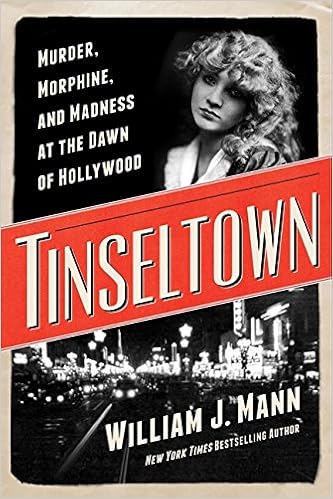 |
| TINSELTOWN |
The Travelling Toe is a member of the The Book Mark Review Club and the September meeting featured Rosemary Rumbley - who is a delightful book reviewer and storyteller.
| Rosemary Rumbley |
Rosemary Rumbley
For her selection, Rosemary chose William J. Mann's "Tinseltown" on murder, morphine and mayhem and the beginnings of the moving pictures.
| William J Mann |
William J Mann
Side Note: Mr.Mann's book can be found on Amazon.
Amazon
One of the fun tidbits that Rosemary shared was that when the movies first began in the early 1900's, they were known as moving pictures. But in the 1920's vocabulary changed by adding" IES" to the end of words, such as bobbie pins, panties, Wheaties and the movies.
Rosemary told the story about Eadweard Muybridge who was the photographer of the famous pictures of Leland Stanford's race horses showing the horses hooves all up in the air at the same time. Eadweard took the pictures and mounted them on cardboard and then flipped them showing the horses in motion. Well, Thomas Edison hear about it and had Muybridge come to New Jersey and show him how he did the process. Muybridge did and then Edison stole his idea since there was no patent on it. Then next, celluloid was invented and Edison started created moving pictures. The first one he made, which is at the Smithsonian, is titled "Mr. Ott's Sneeze'. Rosemary acted it out for us and it was so funny. The first true moving picture story was filmed in New Jersey and called "The Great Train Robbery". And with that effort moving pictures took off - of course silent at that time.
| Eadweard Muybridge |
| Thomas Edison |
Rosemary shared a lot of other fun stories from the book. So Dear Readers The Travelling Toe will leave the narrative at this point to allow you to find out for yourself what part murder, mayhem and morphine played in the early beginnings of the movie industry.
| Hooray for Hollywood |

No comments:
Post a Comment